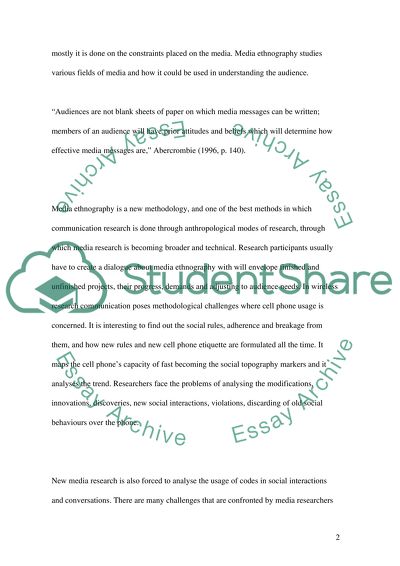Cite this document
(“Media Audience Essay Example | Topics and Well Written Essays - 2000 words”, n.d.)
Media Audience Essay Example | Topics and Well Written Essays - 2000 words. Retrieved from https://studentshare.org/miscellaneous/1515333-media-audience
Media Audience Essay Example | Topics and Well Written Essays - 2000 words. Retrieved from https://studentshare.org/miscellaneous/1515333-media-audience
(Media Audience Essay Example | Topics and Well Written Essays - 2000 Words)
Media Audience Essay Example | Topics and Well Written Essays - 2000 Words. https://studentshare.org/miscellaneous/1515333-media-audience.
Media Audience Essay Example | Topics and Well Written Essays - 2000 Words. https://studentshare.org/miscellaneous/1515333-media-audience.
“Media Audience Essay Example | Topics and Well Written Essays - 2000 Words”, n.d. https://studentshare.org/miscellaneous/1515333-media-audience.


